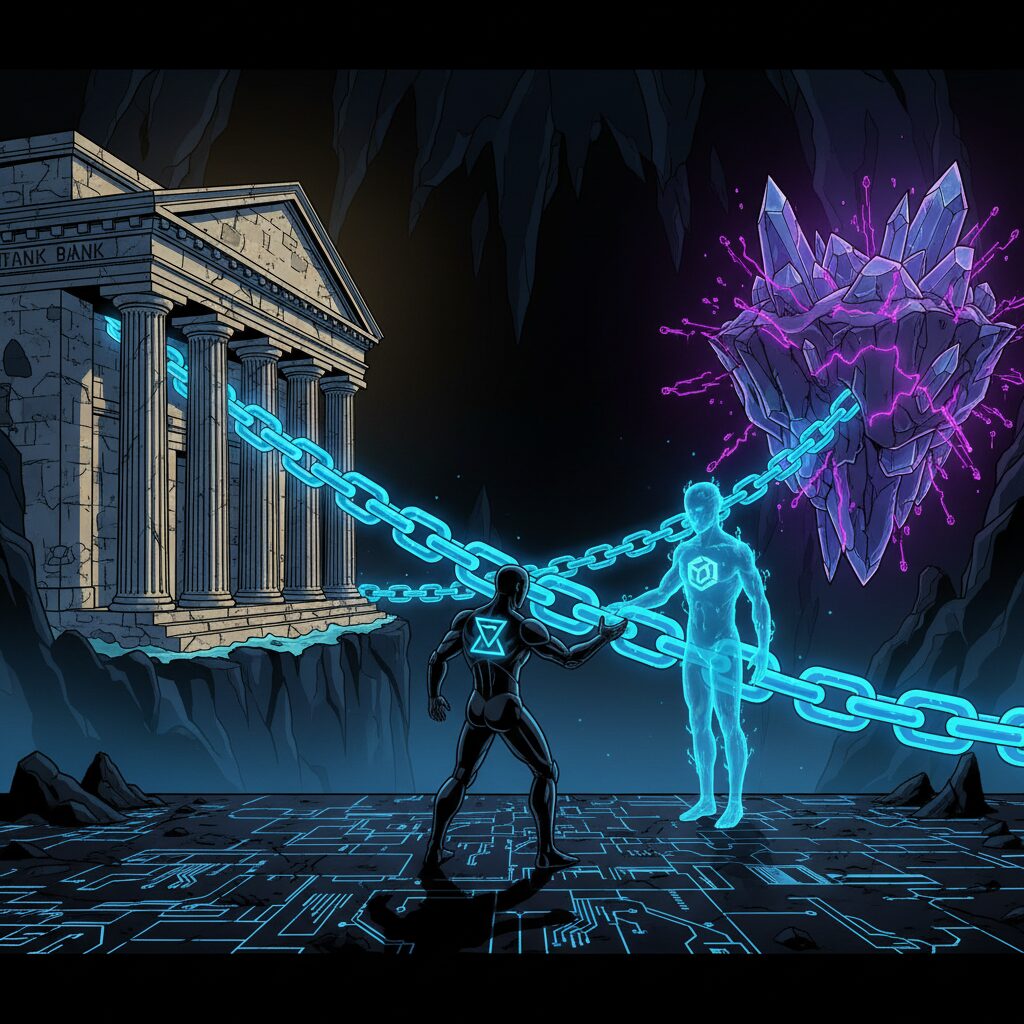Why Wall Street’s Safety Nets Can’t Tame On-Chain Chaos

A recent plunge in cryptocurrency prices, driven by a cascade of liquidations and historic volatility, has reignited a debate about market stability. While some wonder if crypto could benefit from traditional safeguards, experts argue that Wall Street’s old-school safety nets wouldn’t have helped—and could have made things worse.
The Traditional Market Failsafe
In the United States, exchanges like the Nasdaq and New York Stock Exchange have used circuit breakers since the “Black Monday” stock market crash of 1987. These automated triggers are designed to promote orderly trading by halting activity market-wide or for a specific security when prices move too dramatically in a short period. The goal is to give traders a moment to pause and prevent panic selling from spiraling out of control.
A Cure Worse Than the Disease?
Applying this model to the world of Decentralized Finance (DeFi) is far from straightforward. Amanda Tuminelli of the DeFi Education Fund notes that while restrictions could be placed on the “front ends,” or user interfaces, that connect to DeFi protocols, the underlying systems remain open. “That just means there are a million other front ends that can access the same protocol,” she explained, making such measures largely ineffective.
Gregory Xethalis, a partner at investment firm Multicoin Capital, believes that implementing these safeguards could have the opposite of the intended effect. He points out that circuit breakers work in traditional markets where an asset typically trades on a single, consolidated venue. In DeFi, assets trade globally across countless platforms with constant arbitrage.
In this environment, halting activity on one platform doesn’t stop the market; it just breaks the connection. “The only thing you can implement with a circuit breaker in DeFi is a dislocation,” Xethalis said, warning that it would exasperate price discrepancies between venues rather than calm them.
While DeFi isn’t incapable of developing its own risk-management solutions, Xethalis cautions against simply importing legacy tools. “We should be careful not to fall into the trap of thinking that yesterday’s solutions will always work for tomorrow’s products,” he said. “Solutions that we look to for new markets must be designed for those new markets.”











